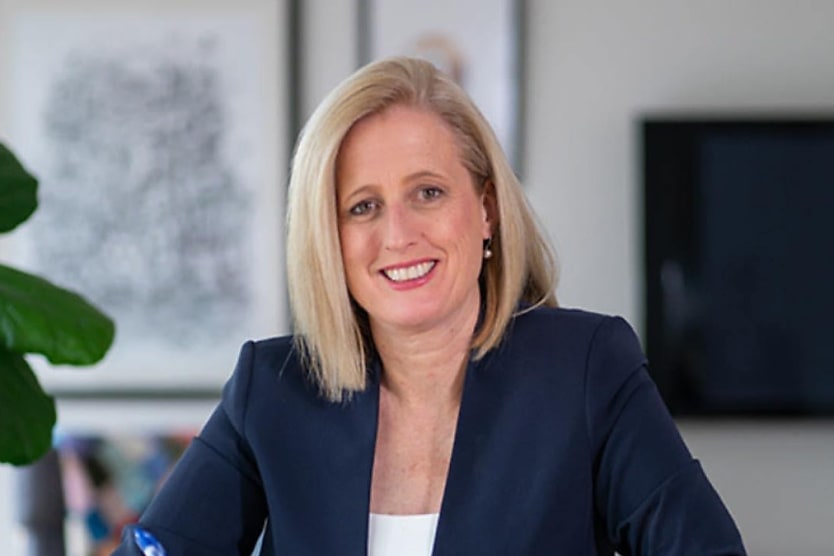Explainer: How will the Parental Leave Bill affect gender pay?
SHARE THIS ARTICLE

Champions of the Parental Leave Bill claim broader, more balanced leave entitlements will help address gender pay inequality. What does this mean, and what are both sides saying?
On 19 October, the Paid Parental Leave Amendment (More Support for Working Families) Bill 2023 was introduced to the Federal Parliament. Championed by Minister for Women Katy Gallagher, the bill would be the “largest investment in paid parental leave since the scheme was introduced in 2011”.
The bill
If passed into law, the bill would expand leave entitlements, introduce concurrent leave, and add two weeks of “use it or lose it” reserve leave to the current two-week entitlement. Among the bill’s stated aims is a commitment to balancing parental leave uptake.
In 2023, men accounted for only 14 per cent of all paid primary carer’s parental leave despite nine in 10 Australian men agreeing they had equal responsibility for childcare.
“The troubling reality is that men are really not utilising parental leave. In Australia, our utilisation is concerningly low,” said Fathering Project chief executive Kati Gapaillard.
HR Leader spoke to Claire McCartney, senior policy adviser for resourcing and inclusion at the CIPD, who explained that men are less likely to take parental leave for a range of “financial, social, and cultural” reasons.
Gender pay and the ‘motherhood penalty’
In promoting the bill, Minister Gallagher said that balanced care is “critical to ensuring women’s long-term economic equality”.
This might seem obvious – the idea that balanced uptake of parental leave between mothers and fathers would help to address the lower overall earnings of female employees – but some think, when it comes to gender pay, that parental leave is missing the point.
“What I don’t understand about this debate is that they focus on maternity leave as if this is the big deal. Eighteen weeks … it’s a trivial part of your life,” University of Melbourne Professor Mark Wooden said.
“I can’t believe that interruption is what causes the gender pay gap to any big degree. What causes the gender pay gap is a year out [of work], two years out, three years out, five years out. And then a career of part-time employment.”
While it seems reasonable that a worker should be able to recover from a period of 18 to 20 weeks of leave, research suggests the impacts extend long beyond the initial leave period. According to research from the Federal Treasury, women’s earnings decrease by 55 per cent in the first five years of parenthood, while men’s earnings are unaffected. This is referred to as the “motherhood penalty”.
“We find the motherhood penalty is due to a combination of lower participation rates and reduced working hours and, to a lesser extent, a reduced hourly wage,” said the Treasury.
“Addressing Australia’s persistent motherhood penalty and boosting women’s labour force participation after having children could help support improved productivity growth.”
Similarly, Minister Zali Steggall, in speaking about the bill, said: “The economics behind paid parental leave speak for themselves.”
Minister Steggall cited forecasting from the Grattan Institute, which found that increasing parental leave entitlements to 26 weeks shared between parents would add a net $300 million to the national gross domestic product (GDP) and boost a mother’s lifetime earnings by $30,000.
As noted by Grattan Institute chief executive Danielle Wood: “I can’t help but reflect that if untapped women’s workforce participation was a massive iron ore deposit, we would have governments falling over themselves to give subsidies to get it out of the ground.”
Parental leave leadership
According to research from the Fathering Project, 85 per cent of surveyed men who last year did not take parental leave said this was due to a “responsibility to continue working”. What the research showed, said Ms Gapaillard, is that offering entitlements is one thing while business culture is another: “Leaders in the organisation need to be role modelling taking leave and encouraging it.”
Ms McCartney agreed that role modelling had a role to play in addressing persistent cultural biases around men taking parental leave: “Organisations should be supporting fathers to take parental leave by creating supportive cultures, sharing visible role models of fathers taking leave and talking about it and enhancing paternity leave, where they can, to address financial concerns that some might have.”
“A broader uptake of paternity leave will maximise fathers’ involvement in childcare, help support the participation rate of women with young children at work, help to reduce the gender pay gap and also provide greater flexibility and choice to working parents.”
RELATED TERMS
The term "gender pay gap" refers to the customarily higher average incomes and salaries that men receive over women.
Parental leave is a benefit offered to employees that allows for job-protected time off from work to care for a kid once the child is born or adopted.
Nick Wilson
Nick Wilson is a journalist with HR Leader. With a background in environmental law and communications consultancy, Nick has a passion for language and fact-driven storytelling.

